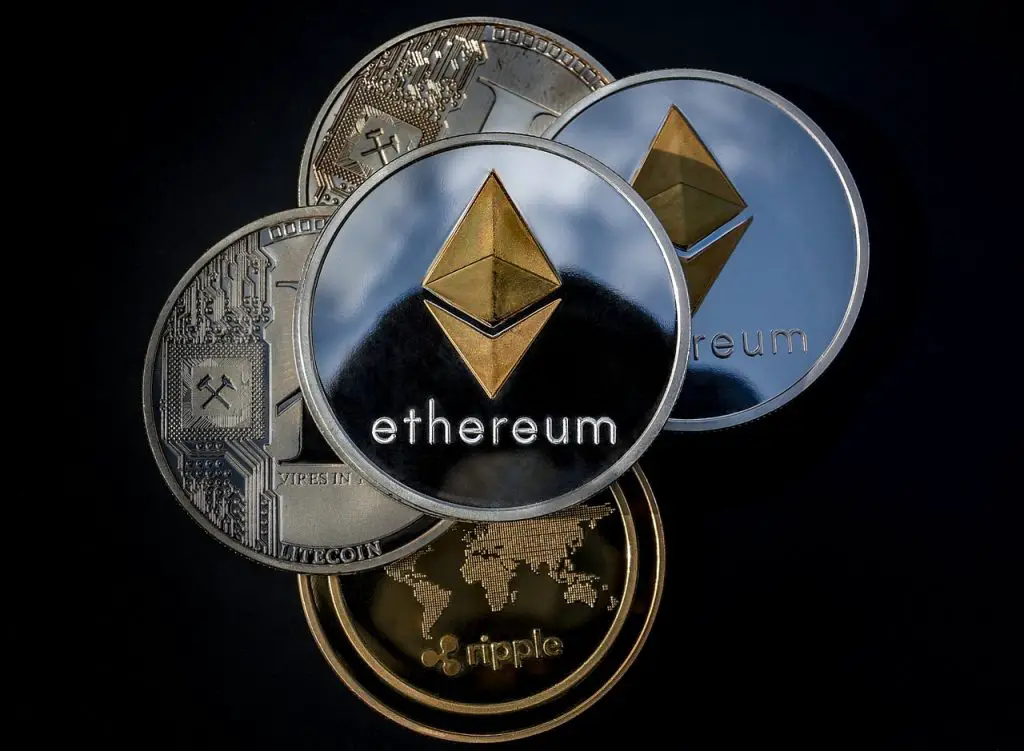The digital landscape has transformed immensely, giving rise to various cryptocurrencies beyond Bitcoin. Among these is Ethereum, a platform and cryptocurrency that has revolutionized the world of decentralized finance and blockchain technology.
1. Introduction to Ethereum
Ethereum, launched in 2015 by Vitalik Buterin, is more than just a cryptocurrency; it’s a decentralized platform that enables developers to build applications utilizing blockchain technology. Unlike Bitcoin, which primarily serves as digital money, Ethereum’s underlying technology facilitates much more than mere transactions.
2. History of Ethereum
Initially conceptualized in 2013 by Buterin, Ethereum’s white paper laid the foundation for a programmable blockchain. The Ethereum network went live in 2015, marking the beginning of a new era in blockchain technology. Its ICO (Initial Coin Offering) raised funds to develop the platform further.
3. How Ethereum Works
Ethereum operates on a decentralized network of computers, using a blockchain to store and execute smart contracts and decentralized applications (dApps). These smart contracts are self-executing contracts with the terms directly written into code, enabling automatic and tamper-proof execution.
4. Ethereum vs. Bitcoin
Unlike Bitcoin, which primarily functions as digital currency, Ethereum offers a platform for decentralized applications through its smart contract functionality. While Bitcoin’s blockchain is focused on peer-to-peer electronic cash systems, Ethereum extends its capabilities for diverse applications beyond simple transactions.
5. Ethereum’s Blockchain Technology
Ethereum’s blockchain is a decentralized ledger, storing a record of all transactions across the network. It employs consensus mechanisms like Proof of Work (PoW), transitioning to Proof of Stake (PoS) with Ethereum 2.0, to validate and add blocks to the chain.
6. Smart Contracts on Ethereum
Smart contracts on Ethereum enable the creation of agreements that self-execute when predefined conditions are met. These contracts have various applications, from token sales to complex financial instruments and decentralized applications.
7. Decentralized Finance (DeFi) on Ethereum
Ethereum’s platform hosts a significant portion of the burgeoning DeFi ecosystem. It allows users to engage in various financial activities such as lending, borrowing, and trading without intermediaries.
8. Ethereum’s Scalability Challenges
Despite its achievements, Ethereum faces scalability issues due to high gas fees and network congestion, hindering its capacity to handle a growing number of transactions. Solutions like layer 2 scaling and Ethereum 2.0 aim to address these challenges.
9. Ethereum 2.0: The Upgrade
Ethereum 2.0 is a substantial upgrade aiming to shift from PoW to PoS, enhancing scalability, security, and sustainability. This upgrade involves a phased approach, offering solutions like sharding to increase network efficiency.
10. Ethereum’s Impact & Applications
The Ethereum platform has catalyzed innovation across industries, influencing sectors like finance, supply chain, gaming, and more. Its technology fosters decentralized solutions and interoperability among applications.
11. Investing in Ethereum
As an investment option, Ethereum has garnered attention due to its potential for growth and technological significance. Investors consider factors like market trends, development progress, and the overall crypto market before investing.
12. Ethereum’s Future Outlook
The future of Ethereum looks promising, with ongoing upgrades and a vibrant developer community constantly innovating. It aims to overcome current limitations and remain a pivotal player in the blockchain landscape.
13. Risks Associated with Ethereum
Despite its potential, Ethereum faces risks such as regulatory uncertainty, technological challenges, and competition from other blockchain platforms. Investors and users need to be aware of these risks.
14. Conclusion
In conclusion, Ethereum stands as a groundbreaking platform, offering more than just a cryptocurrency. Its innovative technology and versatility have opened doors for decentralized applications, smart contracts, and the burgeoning DeFi ecosystem.
FAQs (Frequently Asked Questions)
1. Is Ethereum the same as Bitcoin?
No, Ethereum and Bitcoin are different entities. Ethereum is a platform for decentralized applications and smart contracts, whereas Bitcoin primarily functions as a digital currency.
2. What are smart contracts, and how do they work on Ethereum?
Smart contracts on Ethereum are self-executing contracts with terms directly written into code. They automatically execute when predefined conditions are met, facilitating various applications without intermediaries.
3. How can one invest in Ethereum?
Investing in Ethereum involves buying ETH tokens through cryptocurrency exchanges. It’s essential to conduct thorough research and consider market trends before investing.
4. What is Ethereum 2.0, and how does it improve the platform?
Ethereum 2.0 is a significant upgrade aiming to shift Ethereum’s consensus mechanism from Proof of Work to Proof of Stake, enhancing scalability, security, and sustainability.
5. What risks should investors consider before investing in Ethereum?
Investors should be aware of regulatory uncertainties, technological challenges, and competition from other blockchain platforms when investing in Ethereum.
This comprehensive guide provides insights into Ethereum, its technology, applications, and its impact on the ever-evolving world of blockchain and decentralized finance.

